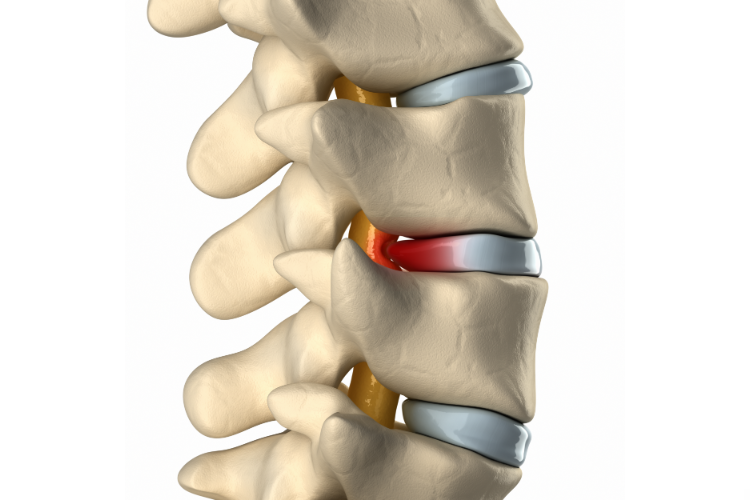Perhaps, you’re one of those people who tried just about everything for back pain, well, at least you think. Maybe, you’ve been relying on non-steroidal anti-inflammatory drugs, NSAIDs, to combat the problem.
Fortunately, at Precision Spinal Care, serving Chelsea, MI, and the nearby region, we offer a few different options to help you, ones you may not have tried before and natural ones at that, and one of them is spinal decompression.
Want to know what that is and if it could benefit you? We’ve got the answer!
General Information
Spinal decompression is a type of treatment that stretches your spine. Ultimately, chiropractic spinal decompression uses a traction table and connects you to a device through a series of rigging.
This device will pull on your spine and ultimately change the position of the vertebrae and ease the pressure on the discs. With less pressure on the discs, they then can heal more effectively without the stress.
Besides being able to heal without pressure, this therapy also encourages water, oxygen, and other nutrients to better reach the discs to promote healing.
Conditions Treated
Our Chelsea chiropractor can use this approach to help with a variety of conditions. We may use it alone or with another treatment to optimize your recovery or better manage your condition to the fullest.
For instance, our practitioner may recommend it if you have a bulging disc which stems from weakness in its lining. As a result, the contents of the disc presses on it and causes the disc to bulge. It can then place pressure on the nearby nerves and soft tissue.
We may also recommend it if you have a herniated or slipped disc. With this issue, you have a tear in the outer shell of a disc, possibly from stressing it, though it can happen for an unknown reason, especially as you age and the lining weakens. The contents of the disc can then leak and aggravate the nearby nerves and soft tissue.
Spinal stenosis, a chronic condition that causes the spinal to narrow, can stress the nerves and lead to symptoms such as pain, numbness, and tingling. Some people experience cramping in their legs or feet as a result, depending on the location of the narrowing.
Our Chelsea chiropractor may suggest this therapy if you have degenerative disc disease, which occurs when the discs in your spine change over time. They dry out over time and become less flexible and less able to handle impact. This condition can be painful, especially when you’re sitting, bending, or lifting. You may also have numbness or tingling that extends from the area of the affected discs down one or both extremities.
We may also use non-surgical spinal decompression for sciatica, and nerve root damage, to name a few examples.
Safety
As a general rule, spinal decompression is a safe procedure for most patients. Since some people shouldn’t receive this therapy, we’ll provide you with a thorough examination prior to administering this treatment or any others.
During the assessment, our Chelsea chiropractor will ask you to complete a medical history report and ask questions about any issues or surgeries you’ve had in the past, among other information. Sometimes, our practitioner may recommend imaging to further assure your safety.
Some examples of people we may not recommend non-surgical spinal decompression to include pregnant women, those with severe osteoporosis, or patients who received hardware, like screws or plates, during back surgery.
At Precious Spinal Care, we’re spinal experts who are happy to be able to provide our patients with spinal decompression that can effectively help with pain and encourage a solid recovery from certain injuries. At our practice, our goal is to help people in Chelsea, a spine at a time, live their best lives possible.
Book an appointment today if you have unresolved back pain and would like to discuss if spinal decompression is right for you. We’re available by calling 734-433-9564 or using our convenient online form.




